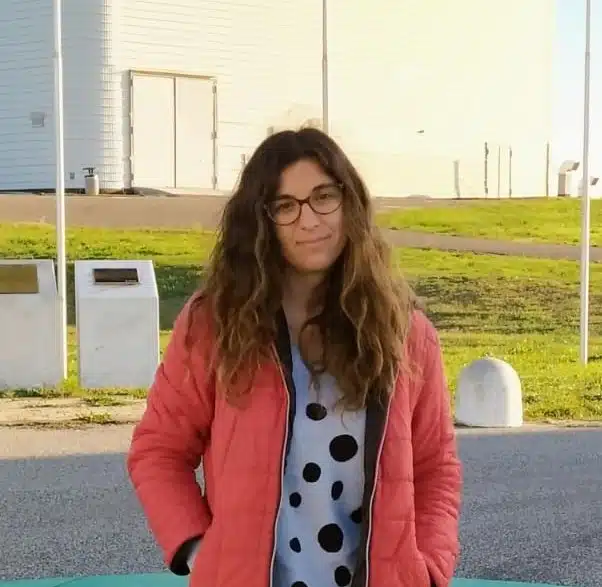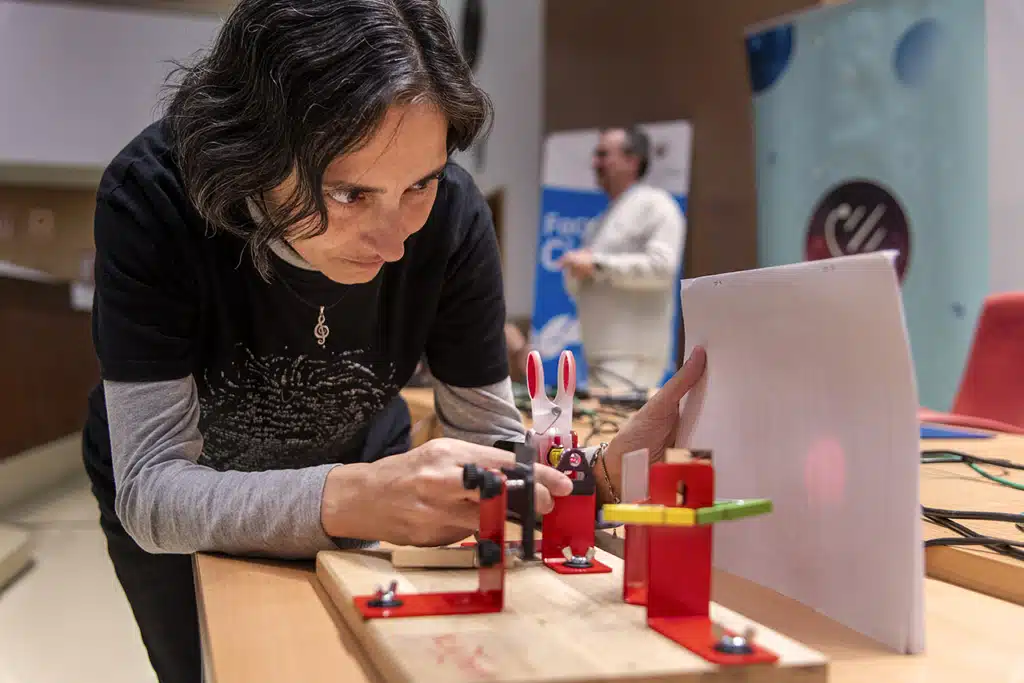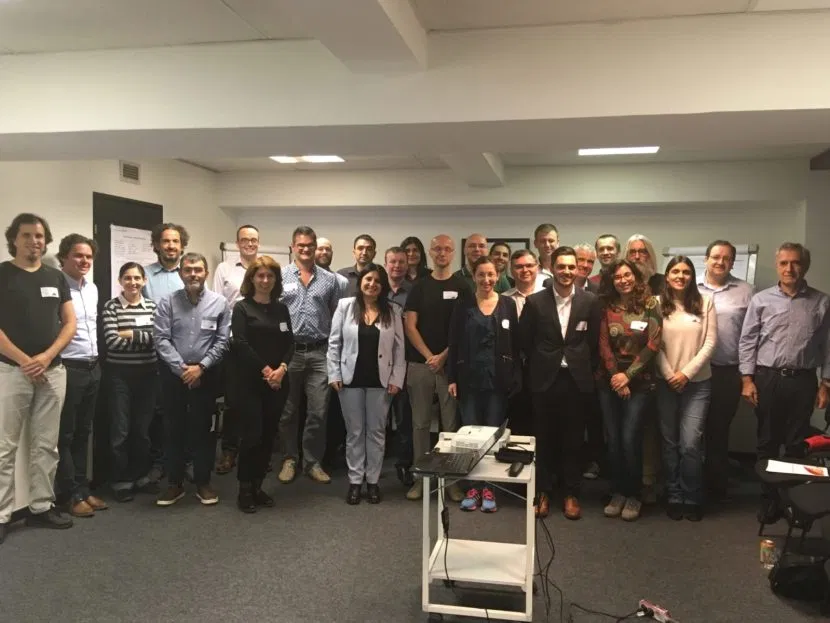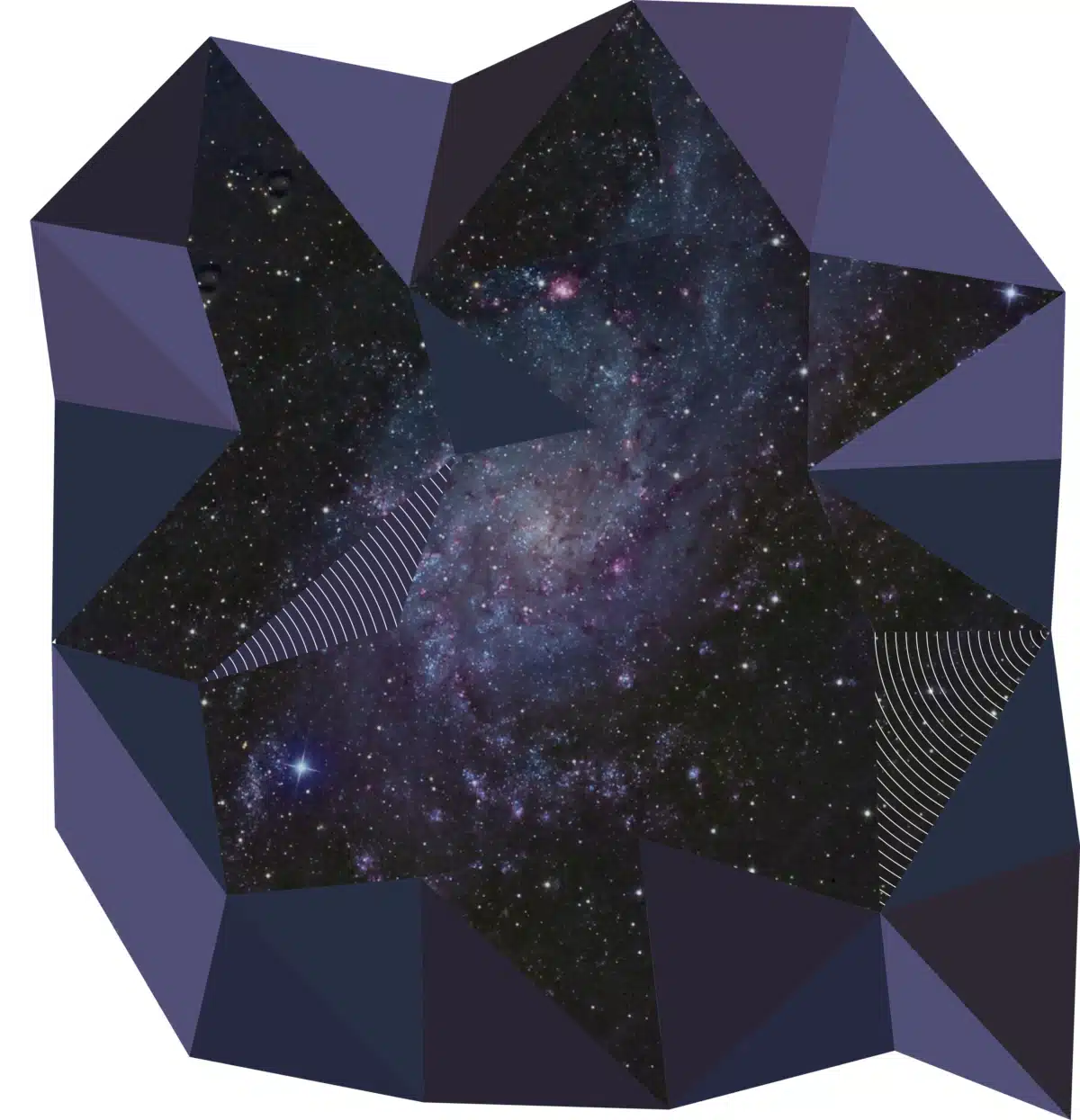The discovery of gravitational waves in 2015 marked a turning point in our understanding of the universe. But detecting these faint signals was only the beginning. The real challenge lies in separating meaningful data from the overwhelming background noise. To tackle this, the COST Action ‘A network for Gravitational Waves, Geophysics and Machine Learning (G2net)’ brought together physicists, data scientists and engineers from across Europe. With the clear aim of applying machine learning to gravitational wave science, the Action has developed practical tools, trained young researchers, supported scientific careers, and built a strong, cross-disciplinary community.
Taming cosmic chaos
Professor Elena Cuoco from the University of Bologna was already deeply involved in gravitational wave science when she began exploring machine learning, the process of training computers to recognise patterns in data. Her growing interest soon led her to the Kaggle platform, where she joined coding competitions and experimented with real-world data challenges. What began as personal curiosity soon sparked a much larger idea. “I had the idea of creating a European network of people interested in applying machine learning techniques to various aspects of the physics of our detectors,” explains Elena.
This vision became G2net, a collaborative effort that brought together researchers from different fields to solve a shared challenge: how to clean and analyse the enormous, noisy data sets produced by gravitational wave detectors. The outcomes were striking. G2net delivered smarter denoising techniques, tools to classify signals more efficiently, and even robotic systems to support data processing. Many of these innovations are featured in the book Gravitational Wave Science with Machine Learning. This volume offers a timely reference for young researchers working with data from gravitational wave experiments, presenting alternative approaches based on artificial intelligence.
Crucially, G2net’s results are already proving useful beyond astrophysics. The same techniques are now being applied in earthquake monitoring, health diagnostics, automated control systems and financial modelling. Wherever there is large, complex data, G2net has offered tools to make sense of it.
A global challenge with Google on board
One of G2net’s boldest and most successful ideas was to open its research challenges to the global community of data scientists. Through the popular Kaggle platform, where various data scientists compete to find the best algorithms using data released by different experiments, the passionate team of G2net launched two international competitions.

“Google supported our competition twice. More than one thousand people from around the world took part.”
“The competitions used simulated data from real gravitational wave detectors, with astrophysical signals added”, explains Elena. “The goal was to see who could best find the signals hidden within the noise”. The results and the findings were published in a report on recent advancements, challenges, and perspectives for the current detector generation, with a brief outlook on the next generation of gravitational-wave detectors.
“Google decided to support our competition twice, offering a cash prize for the top-performing teams,” says Professor Cuoco. “More than one thousand people from around the world took part.” These contests did not just boost innovation; they brought visibility, connected experts from different sectors and introduced new ways of thinking to the field.
Opening doors for the next generation
G2net made it a top priority to support young researchers and innovators. Through workshops and training schools across Europe, early-career scientists gained new skills, met mentors, and became part of a growing community at the intersection of physics and data science. These efforts led to tangible results, as noted by Elena:
“For example, the training school we organised in Malta offered several tutorials focused on seismic signal analysis techniques,” she explains. “Some members of the group that hosted our final training school in Thessaloniki joined the Virgo Collaboration thanks to their involvement in G2net. And one young researcher later came to Italy to carry out a training period with me.”
Agata Trovato, who joined G2net as a postdoctoral researcher, described its impact clearly:
“Being part of G2net offered me the opportunity to connect with scientists from a wide range of disciplines, which greatly broadened my perspective and inspired new research ideas. My academic profile was also strengthened through the various meetings and schools I was able to participate in and organise during the Action. Towards the conclusion of the Action, I successfully competed for a tenure-track position in Italy. This milestone was undoubtedly influenced by the visibility I achieved through G2net.”
“I successfully competed for a tenure-track position in Italy. This milestone was undoubtedly influenced by the visibility I achieved through G2net.”

Action G2net Diversity Advisor
Isabel Cordero, the Action’s Science Communication Coordinator, also saw her career grow through G2Net:
“It is not easy at all for young researchers to have the opportunity to coordinate or be part of management teams of European projects. I had the opportunity to be co-author of the script of a short film and to be also its co-director. The contents of this short film were based on the G2Net Action topics.”

Action G2net Science Communication Coordinator
“I had the opportunity to be co-author of the script of a short film based on the G2Net Action topics and to be also its co-director.”
Since then, Isabel has been confirmed as a professor and, until recently, she also served as Head of Communications for the Virgo Collaboration. The short film she co-authored stands as a creative showcase of G2Net’s science and outreach efforts.
The legacy of the COST Action G2net
Even after its formal conclusion, the G2Net network remains active. Former members continue to collaborate and are applying for new funding to carry the research forward.
“What we started with the G2Net COST Action has resonated in other areas of fundamental physics research as well, such as nuclear and subnuclear physics, and astrophysics, where these techniques are already highly developed,” says Elena Cuoco. “We wanted to create a European initiative where we could identify ourselves as physicists committed to applying artificial intelligence to fundamental physics research. That is why we founded EuCAIF, the European Coalition for Artificial Intelligence in Fundamental Physics”.
“What we started with G2Net is only the beginning.”



Additional information
View the Action website
View the Network website
Discover the short movie “Patterns, Signals from the Universe”

